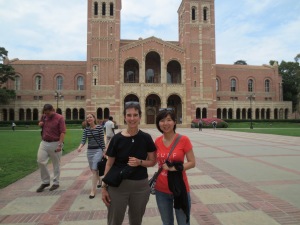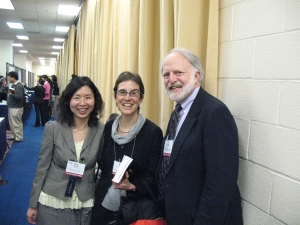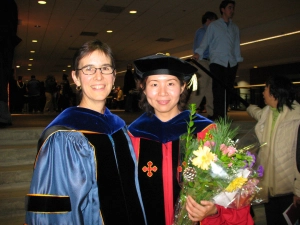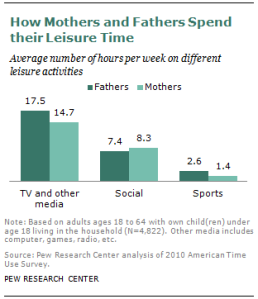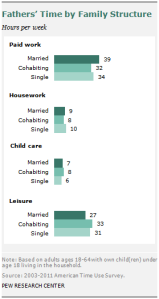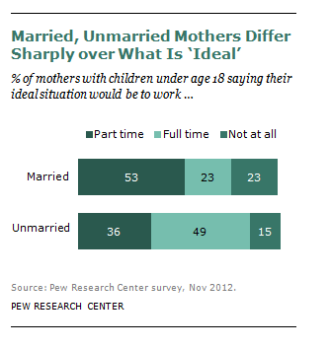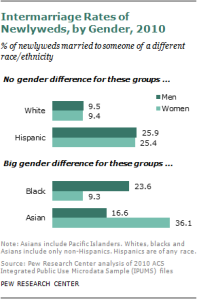My transition from Ford Focus to Tesla Model 3
I am not a car enthusiast by any means. I drove my Ford Focus for 16 years, and it only had 52,800 miles on it when I traded it in. If it weren’t for an incident with the brakes, I would have continued driving it for as long as it lasted.
The 2007 Ford Focus was my first car. With Ford’s discount for students, I paid an out-the-door price of $13,500 for it (In today’s dollar, it would be about $20K). It was the cheapest new car I could find on the market at the time. Sixteen years later, my dear Focus was valued at only $1500 from the dealer.
As I am searching for a new car, I have the same mindset as I had 16 years ago: finding the best possible deal. The result? A 2023 Tesla Model 3 RWD, Tesla’s most basic model with zero upgrades. We got it for around $35,000. With a $7,500 Federal tax credit, the true price came down to about 28K, making it a highly competitive option in today’s new car market. We picked up the car over the holidays and have had it for about a week now. I love this car so far. The driving experience is unparalleled – smooth, quiet, and impressively smart!
After so much research and contemplation regarding buying a Tesla, I am compelled to share my experience. If you are like me and want to find the best deal for a Tesla, here are a few tips:
1. Wait until the end of the quarter or end of the year. Car dealerships, including Tesla, often have sales at the end of the year to clear out inventory, make way for new models, and hit quotas. After being on the market for 7 years (since 2017), Tesla’s Model 3 is getting a refresh in 2024, even the name will be changed to “Model 3 Highland.” I’ve looked up the information about the new 2024 model and watched the videos from some European drivers. Some of the updates are not helping me much and the price is higher than the current Model 3 model. So, I decided to get the 2023 Model 3.
2. How far should you wait? Around mid-December. It is stressful to figure out the best time to order a Tesla because the prices keep fluctuating. They have custom orders where you choose the colors and wheels. If you go with that route, then don’t worry about timing too much. I am talking about inventory cars. You can go to Tesla’s website and “explore inventory” and choose the display by “price: low to high,” then you will see the inventory cars listed by price. I placed an order in the first week of December, and the cheapest price was $36,260. Then the price keeps dropping, by around Dec 15th, I’ve seen the cheapest inventory is $35,090. It was $1,170 cheaper! I decided to cancel the first order and re-order. Yes, I lost $250 fee, but it is still $950 cheaper! I’ve been checking the Tesla price after we picked up the car (Bad habit!), but the price has been going up slightly since we picked up the car. I believe I got the rock bottom price for 2023: Taking into account the $7,500 tax credit, this car is only about 28K, and the out-of-the-door price is close to 30K (similar to a Toyota Camry).
3. Buy inventory cars. Tesla’s website is pretty good at telling you the condition of the cars. If it says “New” without any mention of the mileage, then it is a new car and not a demo car. I wondered whether the inventory cars may have issues but later figured that usually these cars are the ones people decided not to take delivery for various reasons (price change, finance issues, couldn’t make the delivery appointment). From what I read, the longer a specific car is sitting in the warehouse, the cheaper it will be. The final purchasing agreement for our Tesla says that the car has 15 miles on it, but when we took delivery, the car only has 5 miles on it and is in perfect condition.
For those who have never driven an electric car or dealt with Tesla (like me), I need to add a few words here about Tesla’s customer service. Being familiar with their customer service will save you a lot of headaches and money as well.
The most important thing to know is that Tesla’s dealers are not dealers. I think they call it the “Service center.” I doubt anyone working there is on commission because they have zero interest in selling you the car. As a buyer, you will do everything on Tesla’s website yourself. People who are at their service center are only there to answer questions and schedule test drives. They can only help you order the car on your own phone or device (I didn’t know this before; I thought if I order a car at the service center with real people, I would get an even better deal because it is local inventory. Wrong).
So here are steps for buying a Tesla with minimum stress:
Step 1: Schedule a test drive on their website and learn about how to drive the car (They are different from traditional cars, and it takes some time to get used to).
Step 2: Go home and check on Tesla’s website for at least a week and see if there are price changes. It is difficult to know when to pull the trigger to get the best price because the inventory is limited. That’s why I had to cancel my first order and then re-order.
Step 3: Use a referring link when you are putting the order (you can only do this when you are putting the order). When we bought it, Tesla’s promotion was 6 months’ free supercharging. But when we used a friend’s link to buy, we get an additional 3 months’ Full self-driving (friends also get points, a win-win situation).
Step 4: After paying $250 and placing an order, you will be instructed to download an app on your phone to finish all the pre-delivery tasks. Do not expect to talk to any humans after you place your Tesla order online. You will be reminded to finish all the tasks on your phone (registration, finances, etc). Theoretically, you will be assigned to an “advisor” who will help you with the process, but I never knew who my advisor was. Your best communication is to text back to the reminder texts, and someone may text back to you …after 24 hours. You can call your local service center and leave a message; you may get a call back…again, after 24 hours. It was very frustrating. Once they set up an appointment for delivery, you only have one chance to reschedule it. For most inventory cars, it says “immediate delivery”; they expect you to pick it up within 3 days.
Step 5: Arrive earlier if possible on your delivery day. There are many people who have the same time slots as you. Our appointment was at 10 AM (the service center opens at 10 AM) in Raleigh, but when we got there around 9:55 AM, there was already a long line for delivery. The parking lot was overly packed, and there was zero parking. We were told that there were 53 deliveries that day, and it is a normal day (which may explain why it took them 24 hours to reply to a text). You will be given time to look and inspect your car before you pay your final payment. They can only buff off some marks on the paint. If there are other things wrong with your new car, you will have to schedule a service call within 24 hours. We spend about 20 minutes looking at various aspects of the car and followed a checklist, but only found a few marks on the paint. Tesla’s quality does seem to have improved over time, as someone online said.
One more thing, I debated for a while about the options of leasing vs. buying a Tesla. I still don’t have the answer as to which makes more financial sense. It all depends on the resale value of a Tesla after 3 years (no one will know it at this time). I initially was planning to lease it because it seems to be cheaper monthly, but after reading some negative reviews about Tesla’s overcharges when returning a leased car, I decided to buy it. How much will my worries cost?
Now I have my own referring link. If you feel that this article is helpful, please use my referring link to order: https://ts.la/wendy544407
Enjoy your Tesla—for me, it is not only convenient but also a secret mid-age crisis remedy! 🙂


 About half of first marriages in the U.S. are likely to survive at least 20 years, according to government estimates. But for one demographic group, marriages last longer than most: College-educated women have an almost eight-in-ten chance of still being married after two decades.
About half of first marriages in the U.S. are likely to survive at least 20 years, according to government estimates. But for one demographic group, marriages last longer than most: College-educated women have an almost eight-in-ten chance of still being married after two decades.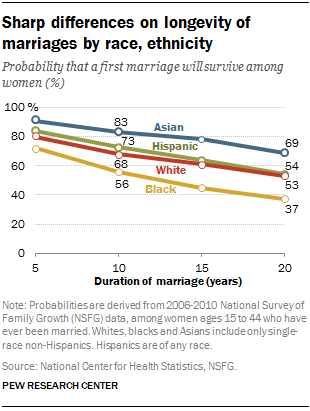 There also are distinctive patterns in marriage longevity by race and ethnicity. Some of these differences could be related to
There also are distinctive patterns in marriage longevity by race and ethnicity. Some of these differences could be related to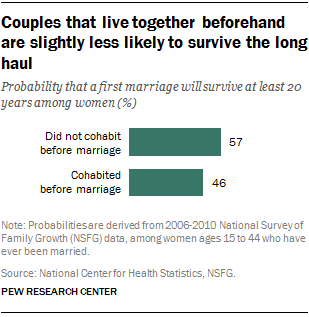 Another factor linked to long-lasting marriages is whether couples live together before tying the knot. In short, couples who lived together before getting married had a slightly lower chance of having a long-term marriage than those who did not live together.
Another factor linked to long-lasting marriages is whether couples live together before tying the knot. In short, couples who lived together before getting married had a slightly lower chance of having a long-term marriage than those who did not live together. to eventually tie the knot. And among never-married women interested in marriage, 78% said that it is “very important” to them that a potential spouse has a steady job (only 46% of never-married men said the same). Looking at the most recently available census data, we explored the demographics of the “marriage market” based on what women said they want in a spouse.
to eventually tie the knot. And among never-married women interested in marriage, 78% said that it is “very important” to them that a potential spouse has a steady job (only 46% of never-married men said the same). Looking at the most recently available census data, we explored the demographics of the “marriage market” based on what women said they want in a spouse. But even in these top metro areas, young women may find it difficult to find a young single man with a job. The Orlando, Fla., metro area has a sex ratio of 128 single young men to 100 single young women, but the ratio of employed young single men to all young women is only 90:100. The ratios are similar in Pittsburgh and Los Angeles.
But even in these top metro areas, young women may find it difficult to find a young single man with a job. The Orlando, Fla., metro area has a sex ratio of 128 single young men to 100 single young women, but the ratio of employed young single men to all young women is only 90:100. The ratios are similar in Pittsburgh and Los Angeles. Our new analysis of time use data shows a striking change of pace for moms and dads on Saturday and Sunday. Mothers take a little break from child care (but not housework) on the weekend. Fathers pick up more housework, and the amount of time they devote to child care is a lot closer to mothers’ on the weekend.
Our new analysis of time use data shows a striking change of pace for moms and dads on Saturday and Sunday. Mothers take a little break from child care (but not housework) on the weekend. Fathers pick up more housework, and the amount of time they devote to child care is a lot closer to mothers’ on the weekend. A
A 


